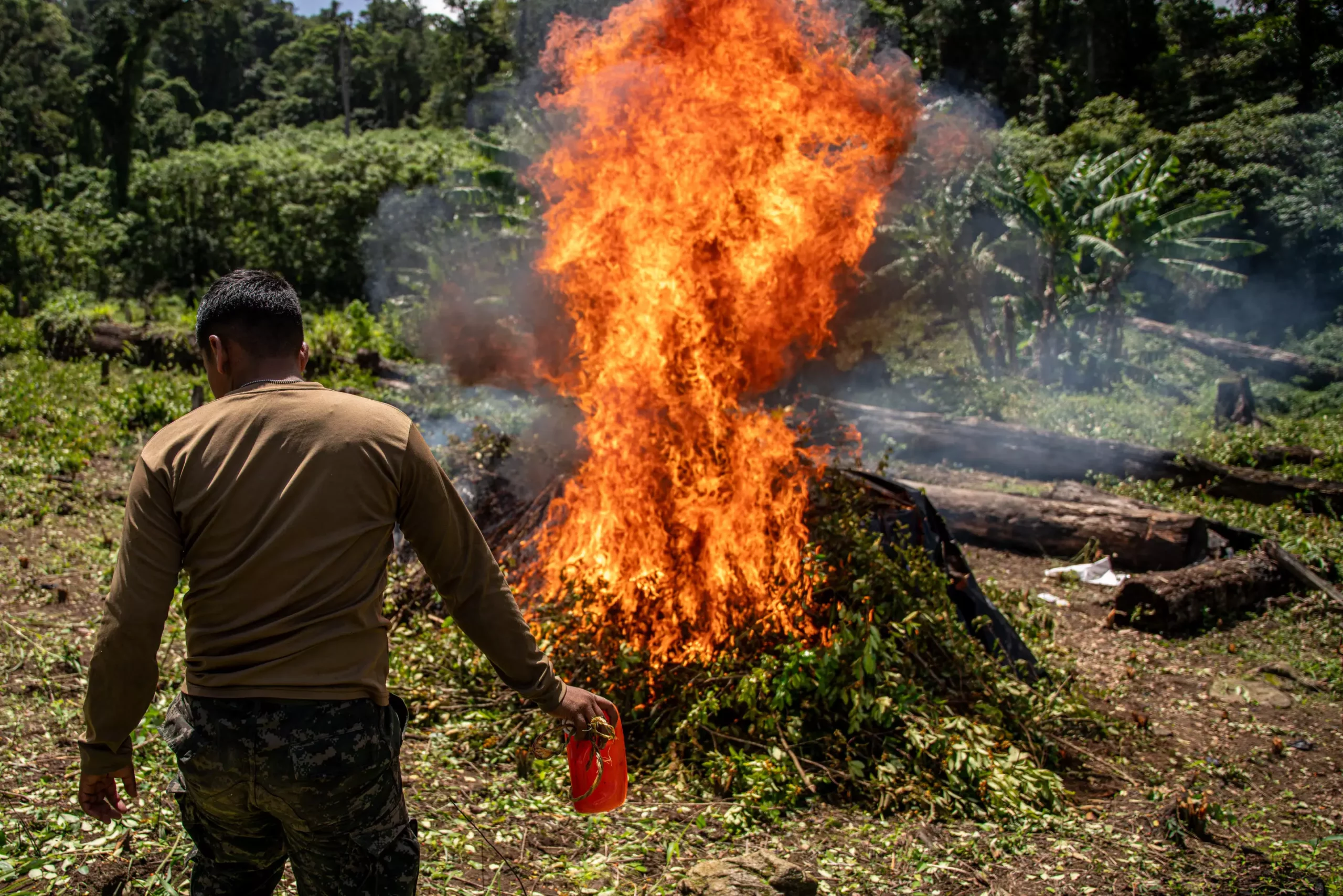The coca plant, historically confined to the eco-regions of South America, is finding a new foothold in northern Central America, according to recent research. This revelation poses significant implications for the dynamics of cocaine production and trafficking, reshaping old paradigms and potentially forever altering the landscape of drug trade in America. As countries like Honduras, Guatemala, and Belize appear increasingly conducive to coca cultivation, understanding this phenomenon becomes crucial for policymakers and law enforcement alike.
A pivotal study, published in the journal *Environmental Research Letters*, reveals that nearly half of northern Central America demonstrates favorable conditions for coca farming. Researchers, led by Paulo J. Murillo-Sandoval from Colombia’s Universidad del Tolima, found that 47% of this region has the right climate and soil characteristics to support commercial coca growth. Utilizing machine-learning models, the team examined factors impacting the viability of coca cultivation in these countries, underscoring the adequacy of environmental resources for coca farming where previously thought minimal.
This significant shift away from South America’s historical monopoly on coca cultivation—that has predominantly supplied the global cocaine market—raises critical questions regarding the future of drug trafficking dynamics. Kendra McSweeney, a geographical expert from The Ohio State University, emphasizes that as conditions become favorable for coca farming in Central America, this could lead to the emergence of new drug production networks that bypass traditional routes.
The study not only highlights the environmental suitability for coca cultivation, but it also encourages an examination of the socio-economic and political conditions that may give rise to coca farming in these new locales. Factors driving criminal organizations toward northern Central America include strategic economic decisions aimed at optimizing production and trafficking routes closer to the primary market—the United States.
The decision to expand coca farming into Central America can be traced to the end of armed conflicts in Colombia, which enabled criminal groups to explore new avenues for coca growth. Murillo-Sandoval suggests that the modification of drug production routes could be attributed to the evolving regulatory landscape surrounding precursor chemicals critical for cocaine production, which are less monitored in Central America compared to Colombia.
Moreover, the geographical closeness of coca production to U.S. markets signifies a logistical advantage for traffickers looking to evade Coast Guard interventions, thus minimizing transportation costs and risks associated with longer supply chains originating in Colombia.
The researchers grappled with ethical concerns surrounding the publication of their findings, fearful that they might inadvertently empower criminal enterprises or mislead law enforcement efforts targeting vulnerable rural communities. However, co-authors from Central America insisted that the public interest must prevail and that citizens need to be informed about potential threats posed by the burgeoning coca industry.
McSweeney aptly asserts that organized crime is often ahead of the curve, indicating that factions involved in drug trafficking are likely acutely aware of the agricultural potential found in Central America. This perspective reinforces the urgency for a proactive response from both officials and communities who may be affected by an increase in coca cultivation.
The Need for Innovative Policy Approaches
As coca plantations remain sparse in northern Central America for now, the researchers emphasize that the eventual growth of this industry will largely hinge on how local and regional authorities respond to emerging drug threats. Drawing insights from Colombia, Murillo-Sandoval cautions against conventional eradication measures, which often fail by merely dispersing coca cultivation to new areas rather than eliminating it.
Furthermore, McSweeney and colleagues urge drug policy analysts and lawmakers to consider alternative strategies beyond current law enforcement-centered approaches. The predominant reliance on eradication and interdiction strategies has historically led to counterproductive outcomes. Therefore, addressing the cocaine equilibrium through innovative and comprehensive measures is imperative.
The emerging trend of coca cultivation in Central America underscores the necessity for a radical reshaping of drug policies. The findings suggest that strategies must evolve beyond traditional frameworks that have proven ineffective in curbing coca production. By fostering dialogue among policymakers, law enforcement, and communities, innovative solutions can take shape, acknowledging the complexities of the drug trade landscape in a rapidly changing world.
As Central America stands on the cusp of transforming into a new cocaine-producing frontier, stakeholders must prepare to face challenges that require thoughtful, informed action instead of outdated tactics that perpetuate cycles of violence and socio-economic instability. Through cooperation and a multifaceted approach, there is hope for mitigating the potentially destructive rise of the coca industry in this vulnerable region.


Leave a Reply